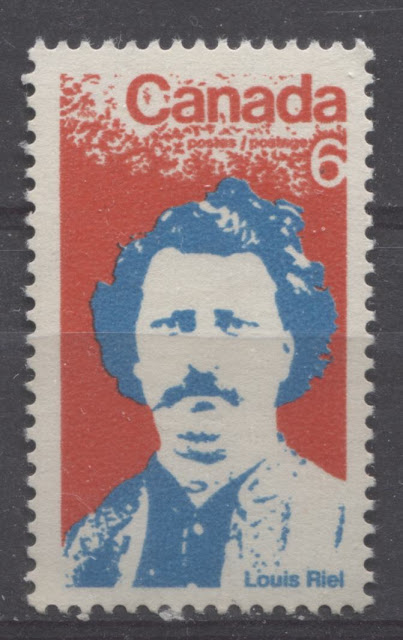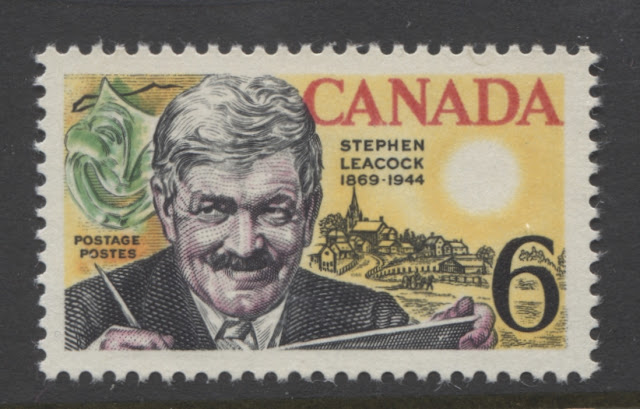The Commemorative Issues of 1970 - Part 2

My apologies for being late with this week's post. I had a computer hardware disaster yesterday that saw me lose most of my data, and I spent most of yesterday trying to recover it, without any success I might add. So, I did not get a change to write this week's post until today. Today, I delved into the last 17 stamps of 1970, 12 of which came from the Christmas issue. These issues were replete with varieties that are not listed in Unitrade, such as: A distinct smooth/ribbed paper distinction that is found on all of the issues except for the Alexander Mackenzie issue and the Oliver Mowat issue. Additional plate flaws on the Christmas issue 5c and 6c stamps. A double print of the Canada inscription on the Group of Seven issue. Three or more varieties of paper fluorescence for nearly all the stamps listed. Shade varieties on several of the Christmas stamps and the Group of Seven issue. In addition, there are the usual variations in perforation on the stamps...


